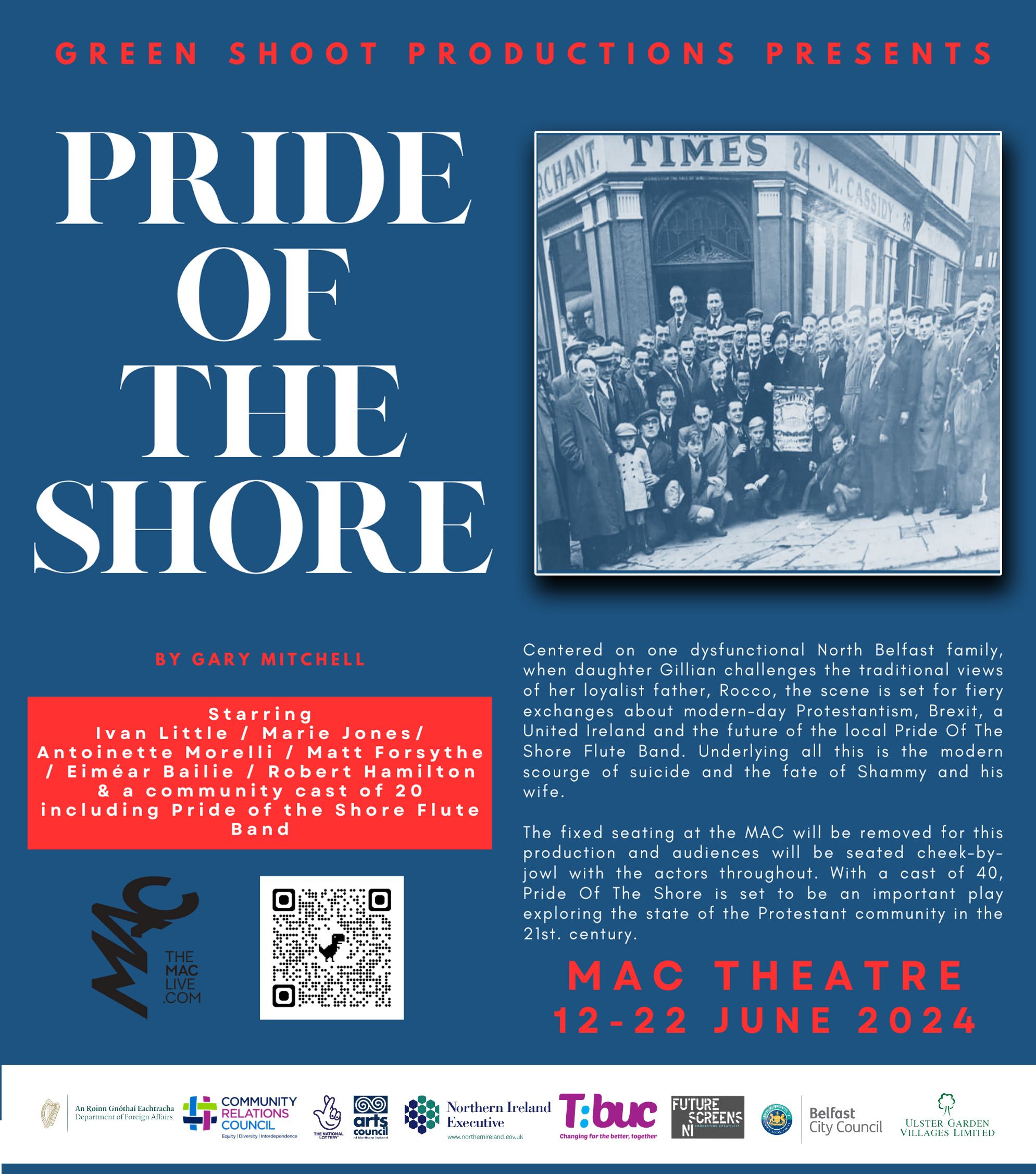AN old ‘bird man’ used to live in Andersonstown whose knowledge of nature could have filled an encyclopedia. Jimmy Garland was as wizened as the trees he spent so much time among – and there wasn’t a single wild thing he didn’t have in-depth knowledge of.
He was as eager as a terrier to get up into the Belfast hills even in the depths of winter, where he’d spend the whole day among the things he loved. By imitating their songs, he could call many of the birds down to him like a latter-day St Francis of Assisi – he was like a druid who could happily spend hours literally in the middle of a Black Mountain hedgerow. Dúlra would go as far as to say that at times like this, he was at one with the nature he so loved. Like an academic, he got his knowledge through hours of research.

And of all the birds admired by Jimmy Garland, one stood out above the rest. It wasn’t the most colourful nor the most brash. It wasn’t particularly rare, although the only time Dúlra ever saw it in those years was when Jimmy would hear a peculiar whistle in the distance and suddenly point to a tiny moving dot high up in the sky. “A siskin,” he would say.
]That call was hotwired into Dúlra’s memory. He’d hear it now and then in the following years as he traipsed the Belfast hills, always made by a bird high above on its way from some distant spot to another. Jimmy used to go all the way to Lough Neagh to see flocks of siskins feeding on alder trees along its banks. He’d return, wide-eyed, regaling us with every detail of the wee green finch.
And then, as it always does, the world turned on its axis once more. Today, Jimmy is gone, and that distant bird that Dúlra never ever got to see up close is now feeding two feet from his kitchen window.
Jimmy would never have imagined that this wildest of wild birds – one that has been so removed from people it doesn’t even flinch when we approach it even when every other bird scatters – has become a common garden visitor. It only needs to be offered the right food – sunflower hearts or nyjer seeds.
Unforeseen
The advance of the siskin, siscín in Irish, was unforeseen. The original bird man – author William Thompson who published Ireland’s first bird book in 1849 – writes that the siskin is “a winter bird of passage, resorting at uncertain intervals to this island”. He reports one being shot near Belfast in 1828 as it was feeding on a thistle and in 1835 many were put up for sale in Belfast after being caught in Antrim. And, like Jimmy a century later, he reports them feeding on the banks of Lough Neagh on birch trees, brilliantly adding: "And elegant this graceful tree must have appeared at such a time."
And yet this winter Dúlra has been honoured to have a resident flock of siskins. They appear out of the sky like mini-missiles, somehow finding a perch although you’d think they’d be killed on impact. Then they make their way to the feeders, either sitting on one of the perches like this handsome male, or clinging on to the wire feeders. The incredible thing is that they don’t seem to care if they're upright or upside down – you’ll often see a group of them feeding for 10 minutes, each with their tails pointing towards the sky.
It gives you an idea of what these finches normally do – feed on the high branches of conifer trees, where they have to be dexterous to extract the tiny seeds from cones. It’s the one finch you’ll never see on the ground.
Some of the many Siskin in my East Sussex garden. Taken through the lounge window during the heavy rain.
— moi hicks (@moihicks) January 20, 2021
20-01-21 @SussexWildlife @SussexOrnitholo @SussexBirding @BBCSpringwatch @WildlifeMag @RSPBbirders @Natures_Voice @CountryfileMag @ChrisGPackham pic.twitter.com/193ETpgUUQ
And one other thing is apparent in Dúlra’s garden – the males feed together, as do the duller but equally beautiful females, each gathered around separate feeders. It seems they like to hang out with their mates before pairing off in spring! Every time they arrive in the garden, Dúlra can clearly see Jimmy's dancing eyes as he described the bird that had him travelling the county just to see.
For Dúlra too, it will always also be a special bird.
If you’ve seen or photographed anything interesting, or have any nature questions, you can text Dúlra on 07801 414804.






